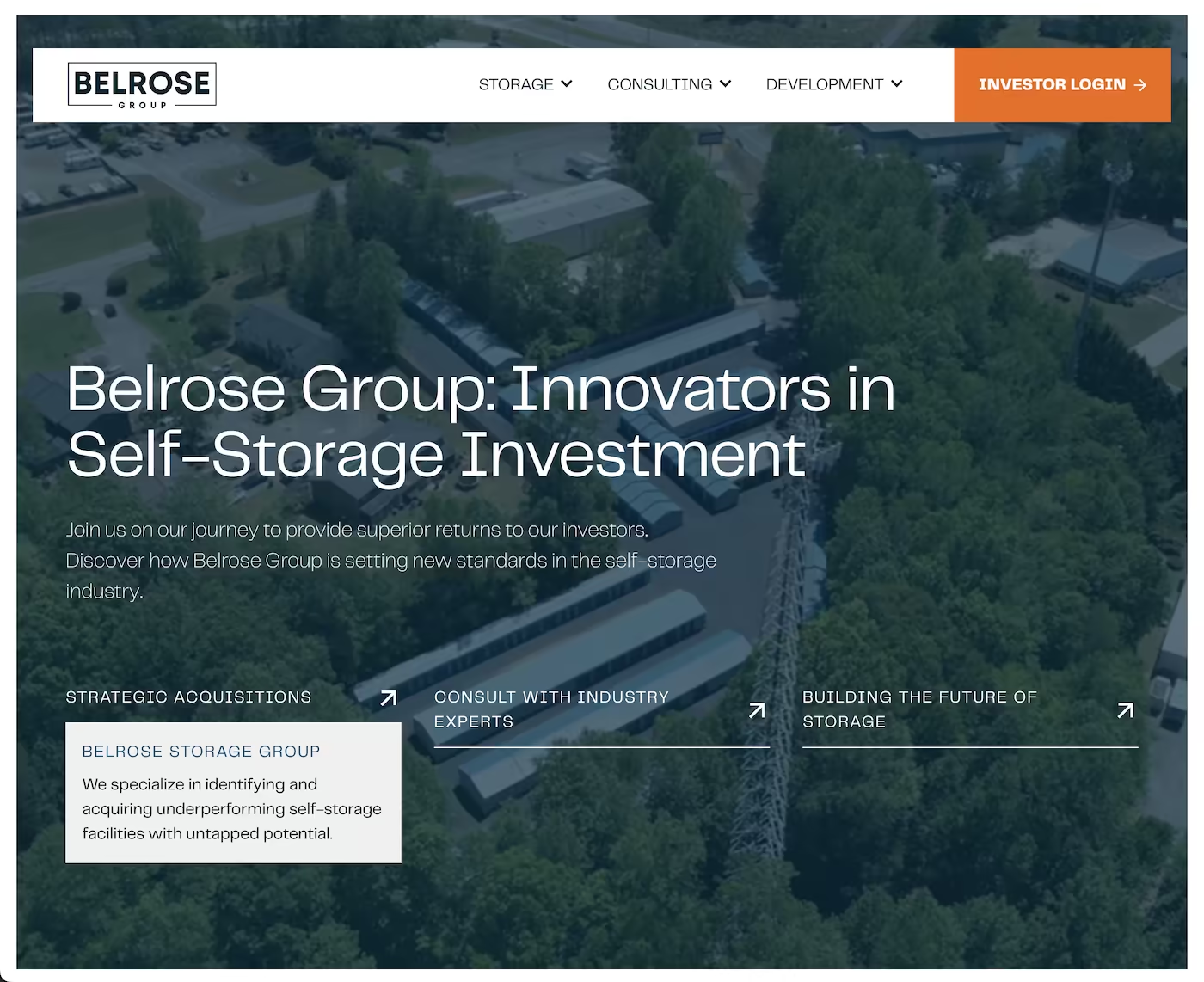Automation ROI Measurement Framework
Measuring Zapier automation ROI requires comprehensive tracking of time savings, productivity improvements, and cost reductions across marketing workflows. Effective measurement goes beyond simple time calculations to include quality improvements, error reduction, and strategic capacity gains that enable business growth.
Automation ROI measurement typically demonstrates returns within 2-3 months of implementation, with benefits compounding over time as workflows become more sophisticated and teams adapt to automated processes.
Time Savings Calculation and Analysis
Time savings measurement involves detailed tracking of manual tasks eliminated through automation, including data entry, lead routing, follow-up sequences, and reporting activities that previously required manual intervention.
Productivity Measurement Components
Comprehensive time savings analysis includes task duration tracking, frequency measurement, and complexity assessment that reveals automation's impact on team capacity and strategic focus capabilities.
This analysis considers both direct time savings from eliminated tasks and indirect benefits from reduced context switching, fewer errors, and improved workflow consistency that enhance overall team productivity.
Key Time Savings Metrics
- Hours per week automated: Direct measurement of manual task elimination
- Error reduction percentage: Improved data accuracy and workflow reliability
- Response time improvements: Faster lead processing and customer communication
- Capacity increase: Additional strategic work enabled by automation
- Context switching reduction: Fewer interruptions and improved focus time
Quality and Accuracy Improvements
Automation ROI includes significant quality improvements that reduce rework, enhance customer experience, and improve business outcomes through consistent process execution and reduced human error.
Error Reduction Impact
Quality improvements from automation include reduced data entry errors, consistent lead routing, reliable follow-up execution, and standardised reporting that eliminates manual mistakes and improves business reliability.
These quality improvements often generate ROI through reduced customer churn, improved conversion rates, and enhanced team confidence in business processes and data accuracy.
Strategic Capacity and Growth Impact
Automation ROI extends beyond operational efficiency to include strategic capacity gains that enable teams to focus on high-value activities like strategy development, creative work, and relationship building.
Strategic capacity measurement includes increased time for business development, improved customer relationship management, enhanced strategic planning, and greater innovation capacity enabled by automation efficiency.
Cost Reduction and Resource Optimisation
Zapier automation often reduces software licensing costs by eliminating redundant tools, reduces staffing requirements for routine tasks, and improves resource allocation through better workflow efficiency.
Cost reduction analysis includes software consolidation savings, reduced training requirements, decreased error correction costs, and improved team utilisation that generates measurable financial returns.
Long-Term Value and Scalability Benefits
Automation ROI compounds over time as workflows become more sophisticated, teams adapt to automated processes, and business growth leverages existing automation infrastructure without proportional cost increases.
Long-term value measurement includes scalability benefits, reduced onboarding time for new team members, improved business process documentation, and enhanced competitive positioning through operational efficiency.
Ready to measure and maximise your automation ROI? We provide detailed ROI reports as part of our ongoing management service, using Looker Studio dashboards to track automation performance and business impact over time.



